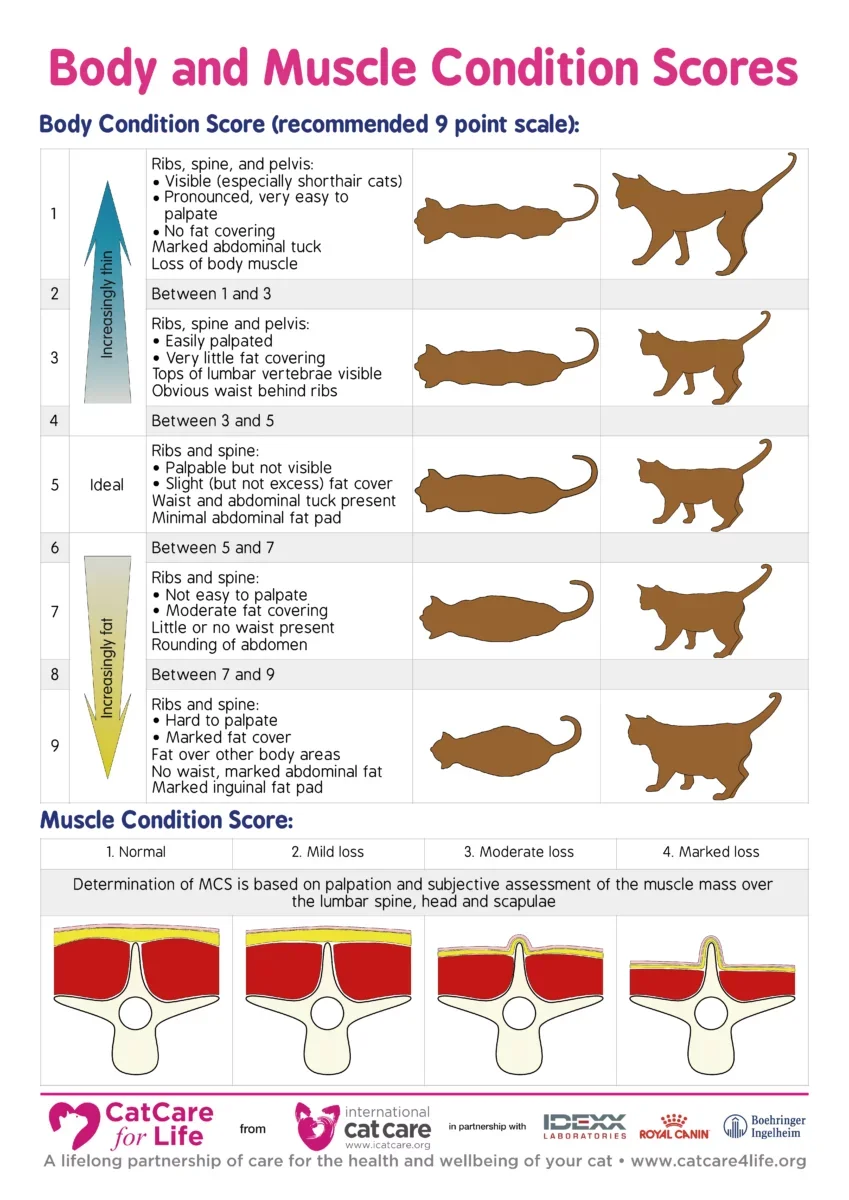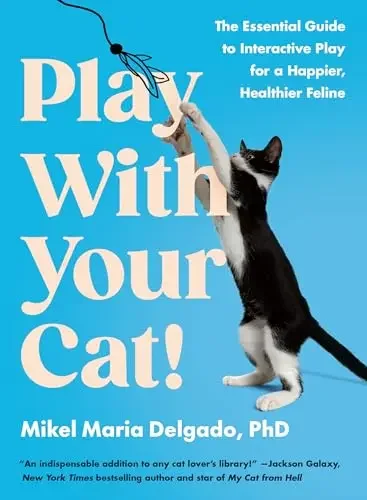National Pet Diabetes Month: Why Your Cat’s Weight Matters More Than You Think
The Silent Struggle: Feline Obesity
Did you know that 40% of cats are considered obese and another 10% are overweight? Just like humans, carrying extra weight can lead to painful health issues for our feline friends from joint pain to diabetes and heart disease. November is National Pet Diabetes Month, making it the perfect time to talk about feline nutrition, weight management, and lifestyle enrichment.
Learn more about the signs and treatment of diabetes mellitus in felines.
What Causes Feline Weight Gain?
There are several contributing factors to a cat’s weight issues:
Free feeding (leaving food out all day)
High-calorie treats or dry foods
Poor-quality diets with fillers or “meat byproducts”
Genetic predisposition
Many cats gain weight simply because they’re eating more than they need, or not moving enough to burn those calories.
When Extra Weight Becomes Painful
Excess weight puts strain on joints, muscles, and internal organs, often leading to arthritis, mobility issues, and chronic pain. Cats suffering from pain may:
Avoid using the litter box, especially if it’s upstairs or has high sides.
Struggle to jump, climb, or walk longer distances.
Sleep more and play less due to discomfort.
Develop irritability or behavior changes from chronic pain or stress.
Because cats are experts at hiding pain, many caregivers don’t notice these changes until the condition has progressed. If your cat hesitates to jump, limps, or avoids certain activities, it’s worth a checkup with your veterinarian to rule out pain-related issues.
Learn more about the Feline Grimace Scale to identify if your cat is showing signs of pain.
Choose a litter box that is right for your cat, see some of our previous blogs on the topic for ideas
Feed for Their Nature
Cats are obligate carnivores, not omnivores like dogs. That means they thrive on meat-based, high-protein wet food.
Choose foods where the first ingredients are real meat sources like chicken, tuna, or rabbit and not “meat byproducts.”
Wet food helps maintain hydration and keeps their metabolism stable.
Aim for 4–6 small meals a day, totaling their required daily calories.
Incorporate puzzle feeders to not only slow your cat down while eatings but to engage their mind in an activity.
You can calculate your cat’s caloric needs using the Pet Nutrition Alliance Calorie Calculator.
If you’ve ever had a cat with urinary issues and on an all dry food diet it creates a high likelihood they will continue having urinary issues. Incorporating wet food can greatly help reduce the reoccurrence of urinary issues as it provides the hydration they need that dry food doesn’t. Cats get the majority of their water intake from the food source rather than water bowls. Sometimes having a combination of dry and wet food for your cats diet is a good approach for their overall wellbeing.
The Power of Play
Cats are natural hunters and playtime mimics that instinct.
If your cat spends most of the day napping, they may be bored, under-stimulated, or even emotionally eating (yes, cats do this too).
Start with just 5 minutes of daily play, using toys that move unpredictably but mimic real prey movements. Build up gradually and rotate toys weekly to keep things exciting.
When playtime ends, put toys away as it keeps them safer and renews your cat’s curiosity next time.
Small Steps, Big Health Rewards
Helping your cat maintain a healthy weight doesn’t just reduce the risk of diabetes, it improves mobility, mood, and quality of life. Which means they can stay your baby for a much longer duration in their already short lifespans compared to us humans.
This month, take time to evaluate your cat’s diet, play habits, and comfort levels. A few mindful changes today can lead to a happier, more active cat tomorrow.

